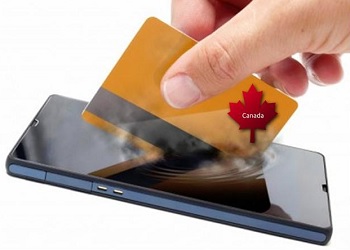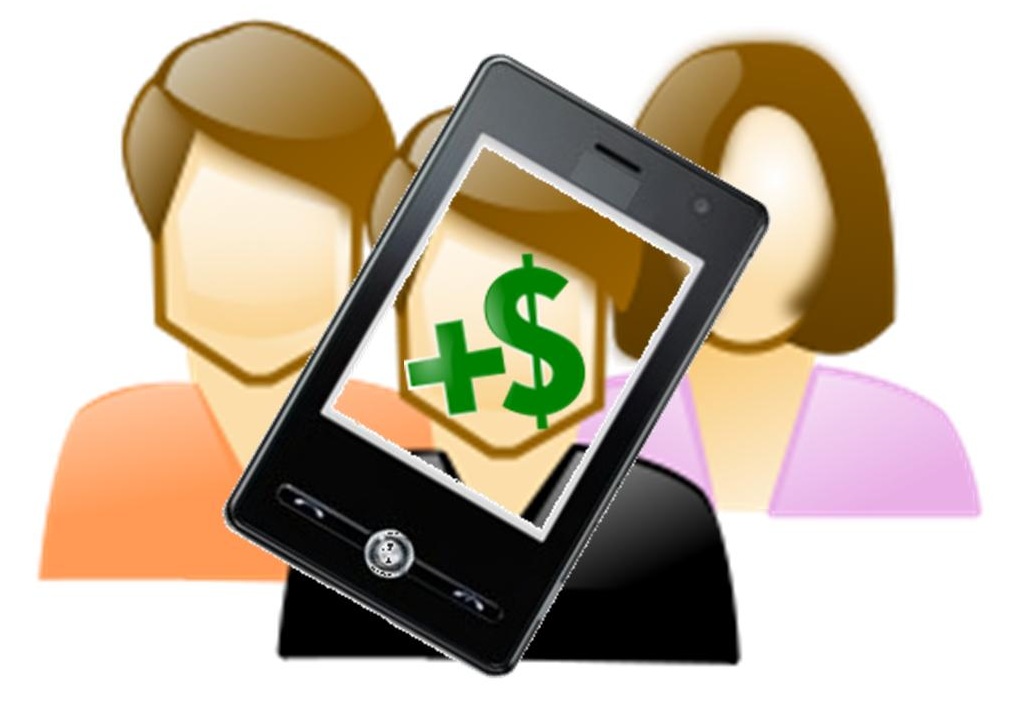iPhone users are suddenly finding that the Apple App Store isn’t quite as affordable as it was a week ago.
The falling Canadian dollar, nicknamed the “loonie” after the loon image on the coin, has been experiencing a steady drop over the last several months, but mobile apps for iOS devices have maintained the same price.
This has meant that Apple will be hiking prices at the Canadian App Store for the second year in a row.
This means that Canadians can expect their iTunes bills to start to rise along with the prices of mobile apps for their Apple devices. The reason given for the change in price is simply the foreign exchange rates. The company expressed that Canada won’t actually be the only country in which iPhone apps will be getting pricier. Aside from that North American nation, there will also be price increases in Mexico, South Africa, Russia, New Zealand, Singapore and Israel. The notice was given to provide consumers with 72 hours of warning.
The announcement from Apple said there would be two new low-price tiers for mobile apps sold in Canada.
 That said, Apple did not use the document to explain precisely what the new price tiers for the sales of Canadian iPhone apps would be. The Next Web has released a report that indicates that where the cheapest apps had been $1.19, those would be increasing to $1.39. While that difference may seem moderate, it is in the more higher-priced mobile applications that the difference would be the most striking. The report indicated that apps that had previously been $50.00 would see a new and much higher price at $69.99.
That said, Apple did not use the document to explain precisely what the new price tiers for the sales of Canadian iPhone apps would be. The Next Web has released a report that indicates that where the cheapest apps had been $1.19, those would be increasing to $1.39. While that difference may seem moderate, it is in the more higher-priced mobile applications that the difference would be the most striking. The report indicated that apps that had previously been $50.00 would see a new and much higher price at $69.99.
At the time of the writing of this article, Apple had declined the opportunity to comment on the claims made within the report.
This is the second time that the price of iPhone mobile apps has been recently increased as a result of the falling Canadian dollar. Only a year ago, $0.99 apps saw their prices increased to $1.19, with more expensive apps seeing prices rising correspondingly. At that time, the applications were made more expensive as a result of foreign exchange rates as well as changes to value-added tax (VAT).
The number of businesses and shoppers using their smartphones to pay is rising more rapidly.
According to the results of a recent data analysis by Gartner, there are more consumers and businesses, alike, that are starting to try out mobile payments and wallets app, to test the technology for themselves.
That said, there are also a growing number of offerings showing up in the mobile wallet app market.
Among those making the most noise is Apple Pay, which was launched by Apple in October 2014. That said, it is far from alone in the mobile payments sphere, as Android Pay has also been released by Google. Samsung Pay was launched by Samsung Electronics Co to throw its hat into the ring. Moreover, there are quite a few that are currently in development. Among the most notable is CurrentC, which is the mobile wallet being created by a consortium of restaurants and major retailers.
That said, individual retailers are also starting to come up with their own mobile payments offerings.
 Over the holiday season, Walmart announced that it was developing a mobile wallet service that would allow its shoppers to pay for their purchases at the store using their smartphones, charging the purchase to any major credit card or to one of the brand’s gift cards. This feature is going to be worked into the existing mobile app from the company.
Over the holiday season, Walmart announced that it was developing a mobile wallet service that would allow its shoppers to pay for their purchases at the store using their smartphones, charging the purchase to any major credit card or to one of the brand’s gift cards. This feature is going to be worked into the existing mobile app from the company.
Similarly, Target also announced that it would be adding a mobile wallet feature to its mobile application. That announcement caused quite a bit of confusion, as Target is one of the businesses in the aforementioned consortium, and the retailer was certain to make it clear that it had no intentions for exiting that group.
Until now, mobile wallets haven’t really been all that popular among consumers, but they are reaching the point in which they are beginning to pick up a bit of steam. Gartner research director, Penny Gillespie explained that “When you ask consumers about mobile payments, they pretty much tell you they’re not interested — not everyone, but the majority of buyers.” She also went on to say that one of the main reasons is that consumers are essentially satisfied with their current payment options, including credit and debit cards, checks and cash.
 That said, Apple did not use the document to explain precisely what the new price tiers for the sales of Canadian iPhone apps would be. The Next Web has released a report that indicates that where the cheapest apps had been $1.19, those would be increasing to $1.39. While that difference may seem moderate, it is in the more higher-priced mobile applications that the difference would be the most striking. The report indicated that apps that had previously been $50.00 would see a new and much higher price at $69.99.
That said, Apple did not use the document to explain precisely what the new price tiers for the sales of Canadian iPhone apps would be. The Next Web has released a report that indicates that where the cheapest apps had been $1.19, those would be increasing to $1.39. While that difference may seem moderate, it is in the more higher-priced mobile applications that the difference would be the most striking. The report indicated that apps that had previously been $50.00 would see a new and much higher price at $69.99.
 Over the holiday season, Walmart announced that it was developing a mobile wallet service that would allow its shoppers to pay for their purchases at the store using their smartphones, charging the purchase to any major credit card or to one of the brand’s gift cards. This feature is going to be worked into the existing mobile app from the company.
Over the holiday season, Walmart announced that it was developing a mobile wallet service that would allow its shoppers to pay for their purchases at the store using their smartphones, charging the purchase to any major credit card or to one of the brand’s gift cards. This feature is going to be worked into the existing mobile app from the company.